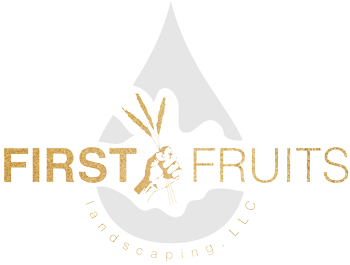If you’re living in the Pacific Northwest region, you should learn more about native trees to plant in your backyard. Here’s a list of the best trees for the Pacific Northwest to plant in your backyard.
Incense Cedar
The incense cedar is a fast growing native evergreen of the pacific northwest. The tree reaches a mature height of up to 90 feet and is scattered in the mid to high elevations of the Oregon cascades and California. The incense cedar is very hardy and can tolerate extreme moisture and cold. However the trees grow best in areas that get summer drought. The foliage is dense and flows to the ground. The bark is scaled and reddish brown; the cones are small with six scales. The fast growing nature makes it an ideal choice for hedges and screens. It is also used along borders and driveways. It is easily pruned to a more manageable height and attracts wildlife.
Douglas Fir
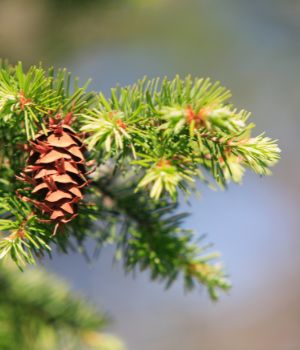 Douglas fir is the name of a whole family of trees containing six species—two from North America and four from East Asia. These trees are commonly found in the Pacific Northwest region of the United States and are native to the area. They are large trees whose needles are yellow-green, which is sure to enhance the beauty of any backyard. The Douglas fir is the state tree of Oregon and is best known for being the favorite tree during Christmas. It also ranks number one in the manufacture of wood and plywood-veneer.
Douglas fir is the name of a whole family of trees containing six species—two from North America and four from East Asia. These trees are commonly found in the Pacific Northwest region of the United States and are native to the area. They are large trees whose needles are yellow-green, which is sure to enhance the beauty of any backyard. The Douglas fir is the state tree of Oregon and is best known for being the favorite tree during Christmas. It also ranks number one in the manufacture of wood and plywood-veneer.
Oregon White Oak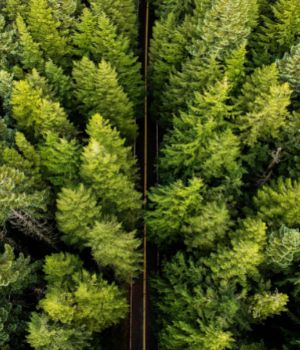
The Oregon white oak, also recognized as the Garry oak, is a majestic Pacific Northwest tree found in the Willamette Valley, including regions in the Molalla and Rock Creek watersheds. It is called the Oregon white oak because it’s the most common oak species in the Northwest Pacific. It’s also the only native oak species in northern Oregon, Washington, and British Columbia.
This tree can be tall and slender—reaching more than 60 feet tall—with a rounded crown, or low and shrub-like, stretching out its limbs. The bark is brownish gray, and the leaves are dark green and shiny on one side and pale green on the other. Its acorns are oval in shape and a favorite for a variety of native creatures.
 Pacific Madrone
Pacific Madrone
The Pacific madrone is a spectacular, distinctive Pacific Northwest tree that gives the landscape beauty throughout the year. It only grows up to 50 to 100 feet and is known for its flexible and slow-growing spurts. In other regions, it’s also dubbed a bayberry or strawberry tree. Tea lovers can brew tea from its leaves, as it’s usually used for medicinal purposes. The tree also provided a variety of birds and other wildlife with support and protection. This tree attracts bees owing to its fragrant white flowers. Furthermore, its pleasant-looking peeling bark will leave your garden with a beautiful texture, even though the bark and leaves may produce a litter that may involve some raking.
Oregon Crabapple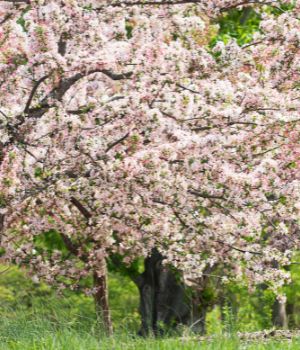
The Oregon crabapple is the only indigenous crabapple tree in the Pacific Northwest. It’s easily distinguished from its eastern counterparts by the oblong form of the fruit and is a nice big shrub or small tree to attract birds to your garden. It will provide partial shade for a medium-sized yard, which makes it a great option.The Oregon crabapple is defined as a deciduous tree growing to a height of up to 43 feet. The leaves are as long as 4 inches. The Pacific crabapple seeds were valued as a food source by indigenous peoples of the Pacific Northwest and were collected along the shoreline. Its bark and/or fruit infusions have been used as a traditional medicinal plant, including for stomach illnesses and skin and eye diseases, and as an analgesic.
Red Alder
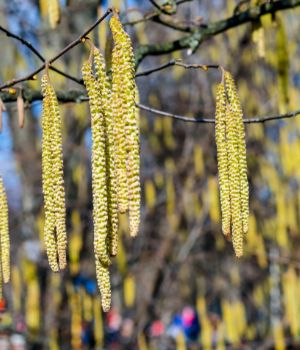 Red alder is a deciduous Pacific Northwest tree with dark-green leaves with saw-like corners and smooth, light-grey bark, growing naturally on cool, moist hills. It can grow as tall as 40 to 50 feet. It’s sometimes called the Oregon alder. Red Alder is the Pacific Northwest’s most significant hardwood. It’s used in the manufacture of furniture, cabinetry, paper, and paper products, and the hardwood usually burns hot and comparatively long, making it a great option for firewood. Red alder’s bark has also been appreciated for its medicinal properties. It has antibiotic characteristics and includes salicin, which is used to create aspirin. It’s also one of the most low-maintenance trees you can find in the Pacific Northwest region.
Red alder is a deciduous Pacific Northwest tree with dark-green leaves with saw-like corners and smooth, light-grey bark, growing naturally on cool, moist hills. It can grow as tall as 40 to 50 feet. It’s sometimes called the Oregon alder. Red Alder is the Pacific Northwest’s most significant hardwood. It’s used in the manufacture of furniture, cabinetry, paper, and paper products, and the hardwood usually burns hot and comparatively long, making it a great option for firewood. Red alder’s bark has also been appreciated for its medicinal properties. It has antibiotic characteristics and includes salicin, which is used to create aspirin. It’s also one of the most low-maintenance trees you can find in the Pacific Northwest region.
Pacific Silver Fir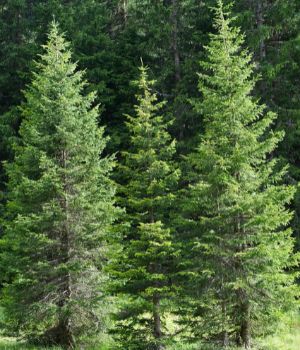
The pacific silver fir is also known as the lovely fir. The tree gets its name from the silver undersides of its leaves which give the foliage a feather like appearance. The tree bark is also a silver color and as it ages it develops scales. The tree grows along the coast between southern Alaska and Northern California in wet and shaded forests. The cones grow upright and are deep purple in color. The silver fir reproduces from seeds and germination occurs on rotten wood, moss, and mineral and organic soils. The seedlings are hardy and resist the pressures of heavy, wet snow and litter. The tree reaches a mature height of 60 to 80 feet. After the initial couple of years the trees grow at a rapid rate of up to 35 inches per year.
As you begin to design your luscious tree line on your property, consider these excellent recommendations above, For more information on landscaping in Mukilteo Washington.
